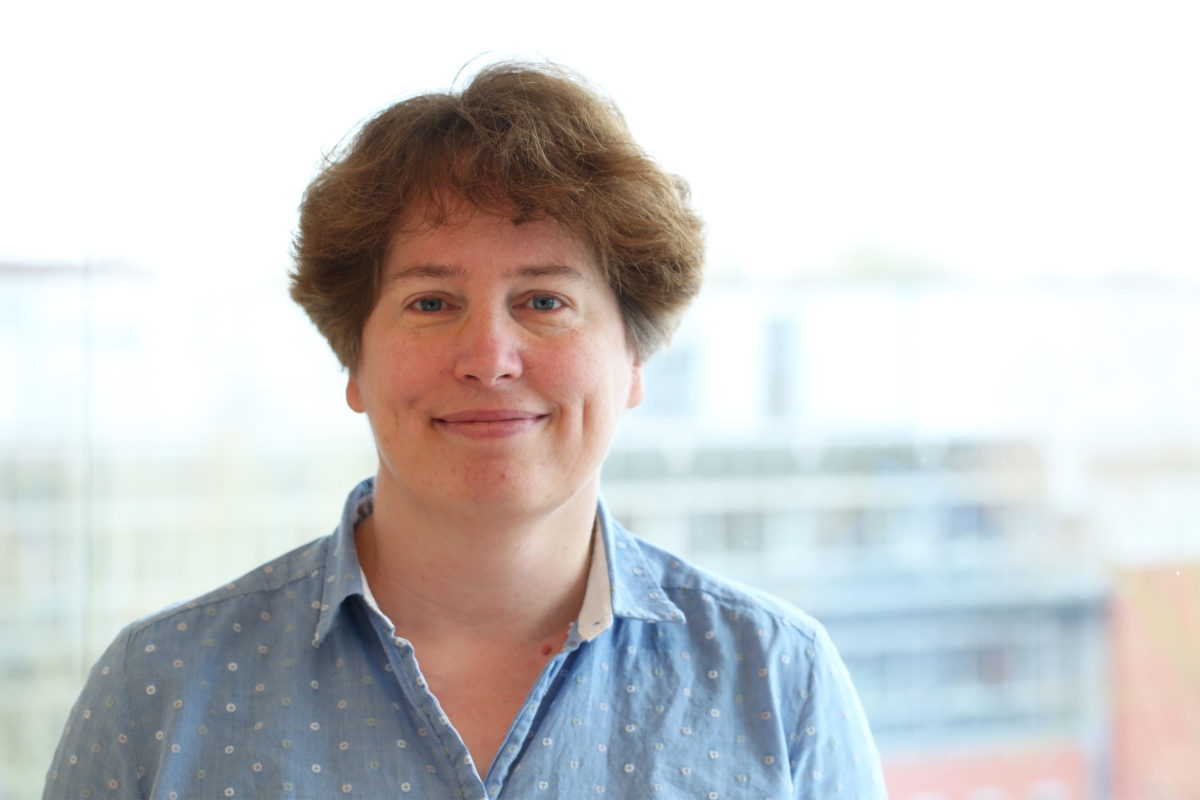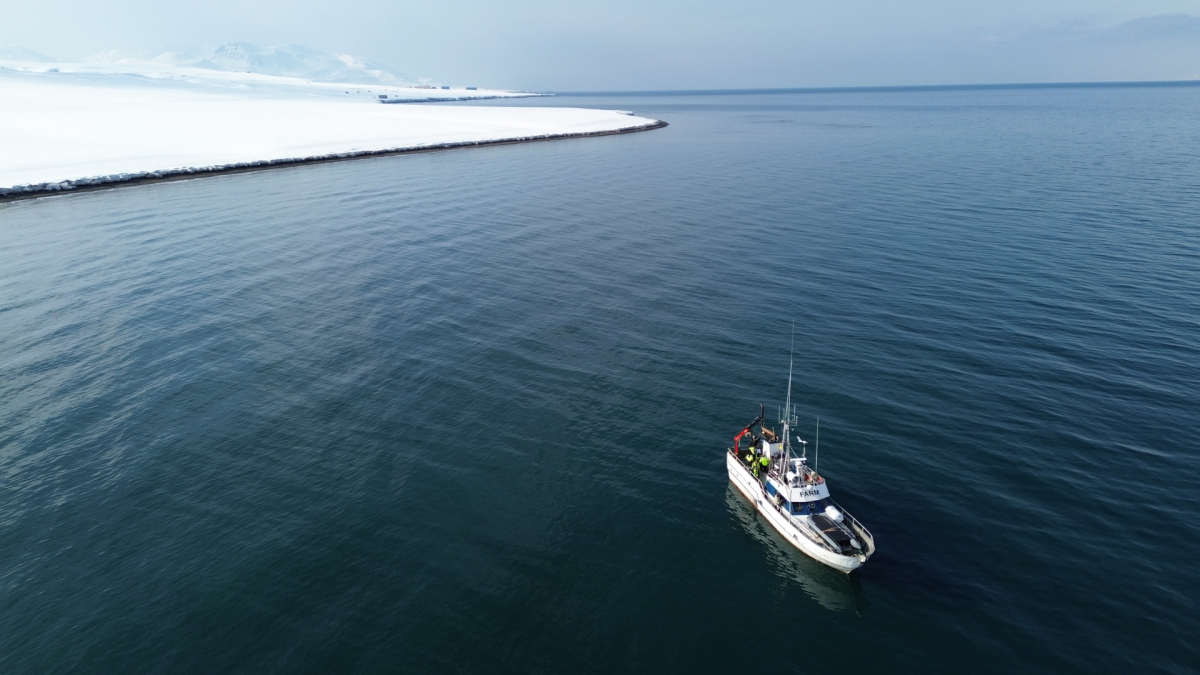- Press Office
- Press releases
- Niches of bacterial life in the seabed
Vagabonds and homebodies: Niches of bacterial life in the seabed
Permeable marine sediments cover at least half of the continental margins and are highly efficient ecological filters: Seawater flushes through them, transporting oxygen and all kinds of nutrients. The bacteria in the sediment make use of this supply; and much of what goes into the seabed with the seawater is transformed into other forms, and some are buried for millennia. “This filtering role makes sandy sediments a highly interesting and important research topic”, says Chyrene Moncada from the Max Planck Institute for Marine Microbiology first author of the current study. “We wanted to find out how the bacterial community in these sediments is structured.”
The scientists thus undertook a field trip to Isfjorden on the Arctic Archipelago of Svalbard, where they collected sandy sediments with a specially designed sampling device, the Ellrott Grab. This device allows researchers to take sediment samples without disturbing them. The scientists used only the uppermost two centimeters of the sediment and separated it into three groups: “First we extracted the porewater, then we shook off the loosely attached bacteria from the grains. The remainder was our fraction of firmly attached bacteria”, Moncada explains. “With a wide range of methods, we then investigated the cell numbers, community composition, metabolic potentials, and activities in these fractions.”
A well-supplied hustle and bustle in the porewater, while the numerous tightly attached homebodies feed on the leftovers
In their study, the Max Planck researchers show how the spatial organization of bacterial communities in surface sediments is highly structured. Depending on their microenvironment, different taxa and lifestyles prevail. The particular groups of bacteria have distinct roles and contributions to organic matter cycling in the ecosystem.
“We found clear differences between fractions”, says Katrin Knittel, project leader at the Max Planck Institute in Bremen, Germany, and corresponding author of the study. Bacteria in the porewater and those only loosely attached to the grains were mostly dependent on the presence of oxygen and specialized on the use of fresh organic matter. “These bacteria are used to a constant supply of oxygen and fresh food from the surrounding seawater”, Knittel continues. “They are well equipped to chew up the complex material that is delivered to them. They are active and grow fast.”
The firmly attached bacteria have other needs. The researchers propose that the bacteria in this fraction cling to cracks and crevices and duck into depressions and hollows, where they are safe from currents, won’t be rubbed off easily and are hard to reach by predators, who comb the surface of the sand grains in search of food. This could explain why they are much more numerous than their prowling fellows: Almost 90 percent of the bacteria in the investigated sediment were firmly attached. “However, there is a trade-off”, explains Knittel. “From our data, we propose that these bacteria have to make do with the leftovers from the free-living and loosely attached bacteria. Also, in their packed quarters oxygen and other resources can be scarce, which could limit their growth and activity.”
Distinct roles in the bigger ecological picture
“This is really exciting insight into the inner workings of this ecosystem: We now better understand how bacteria in surface sediments contribute to the degradation and recycling of organic matter that reaches the sediment. Despite the tiny size of the protagonists, the fact that these sediments cover such large areas worldwide means that this can have global implications. “It ultimately affects how much organic matter is buried and how much carbon dioxide is released back into the overlying water column and back to the atmosphere”, says Moncada.
Original publication
Chyrene Moncada, Carol Arnosti, Jan D. Brüwer, Dirk de Beer, Rudolf Amann, Katrin Knittel (2024): Niche separation in bacterial communities and activities in porewater, loosely attached, and firmly attached fractions in permeable surface sediments. The ISME Journal, 2024, 18(1), wrae159.
Participating institutions
Department of Molecular Ecology, Max Planck Institute for Marine Microbiology, 28359 Bremen, Germany
Department of Earth, Marine, and Environmental Sciences, University of North Carolina at Chapel Hill, Chapel Hill, NC 27599, United States
Contact
Project leader
Department of Molecular Ecology
MPI for Marine Microbiology
Celsiusstr. 1
D-28359 Bremen
Germany
|
Room: |
2222 |
|
Phone: |

Head of Press & Communications
MPI for Marine Microbiology
Celsiusstr. 1
D-28359 Bremen
Germany
|
Room: |
1345 |
|
Phone: |


